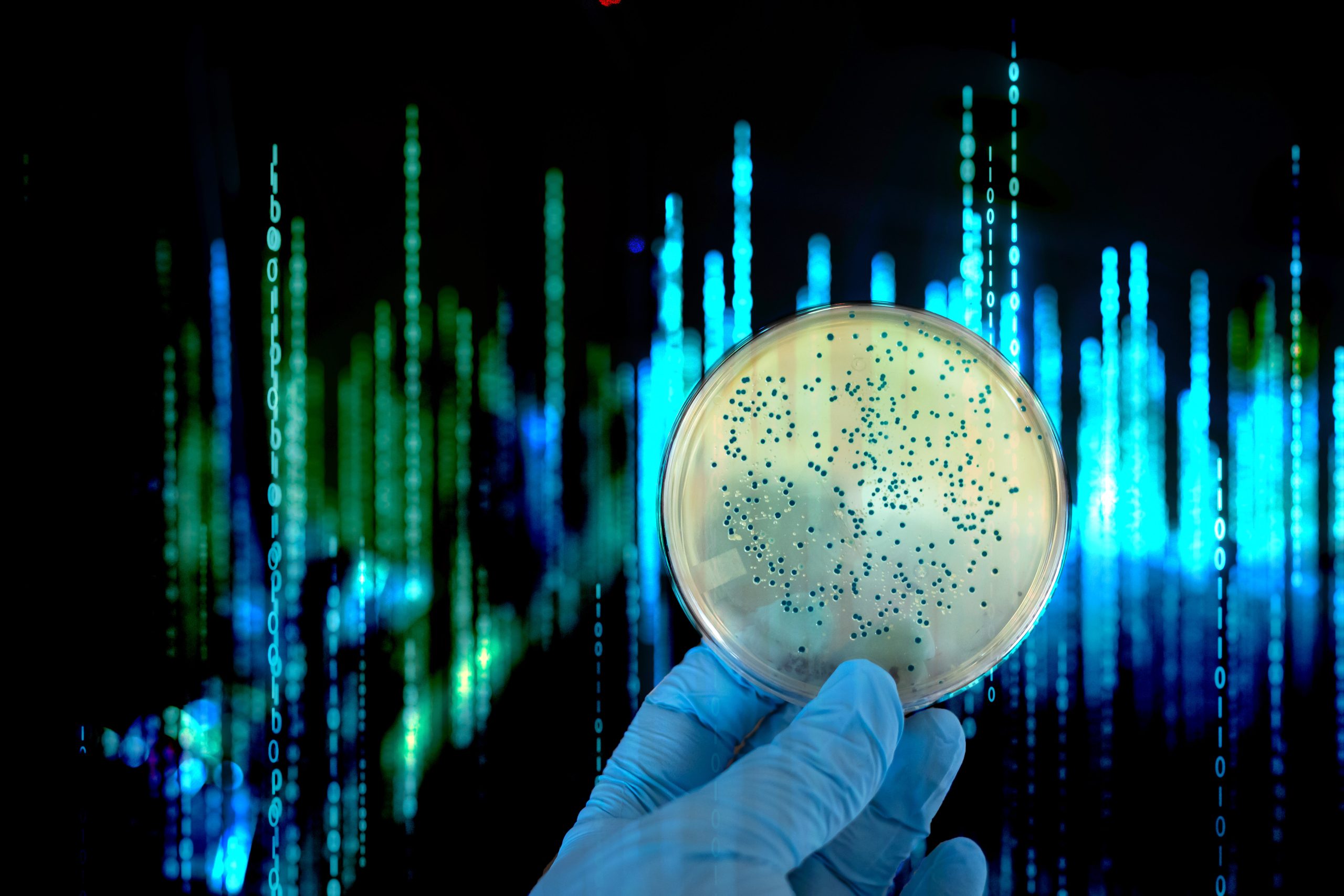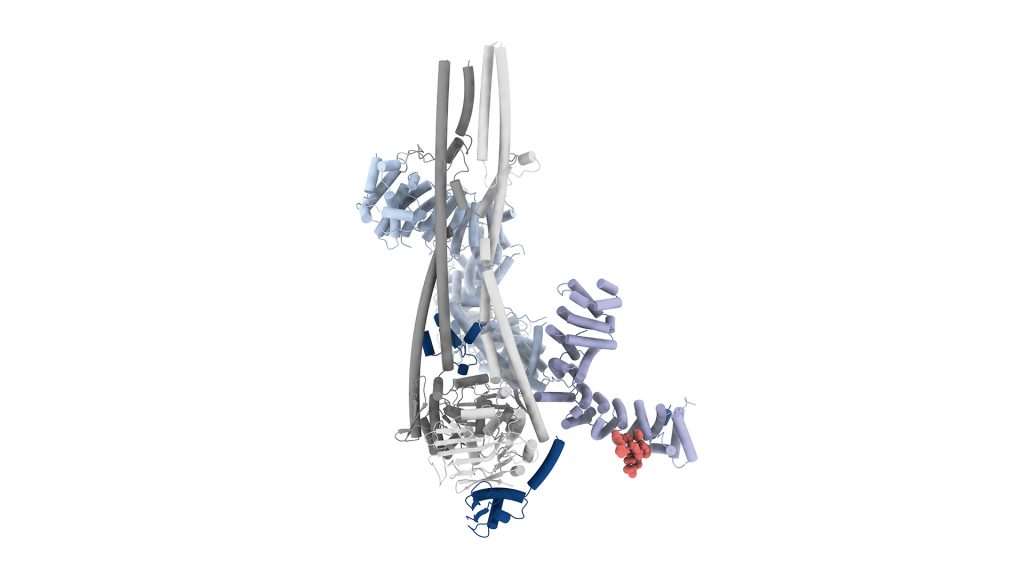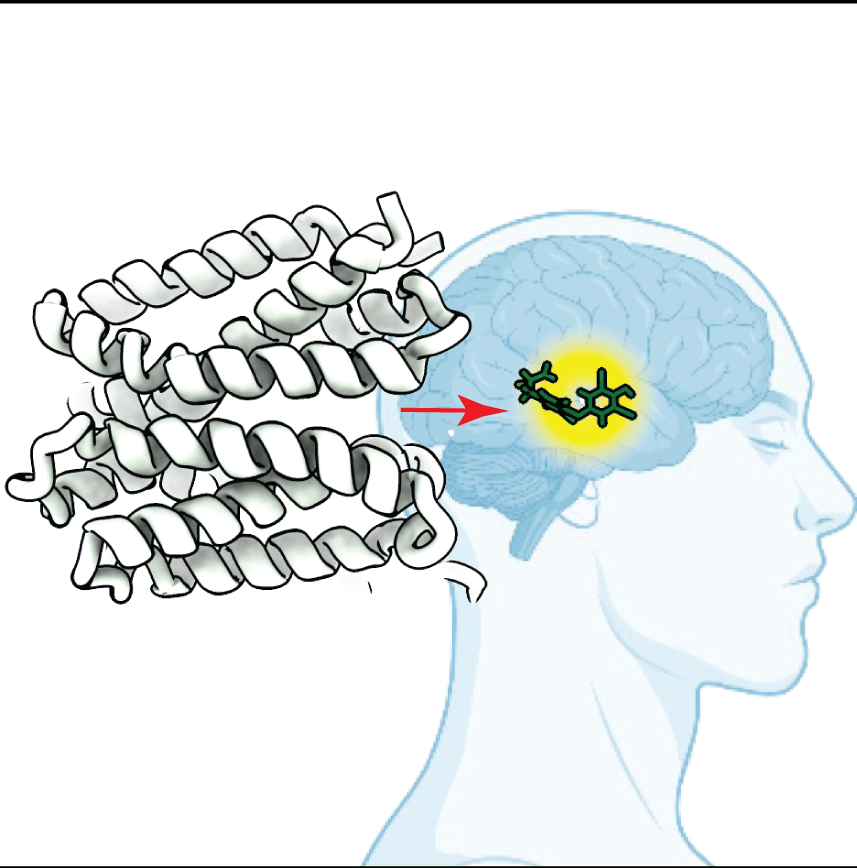Automating the science of how microbes grow

Human Technopole researchers have developed Kinbiont, an open-source software that automates the analysis of microbial growth data and returns quantitative, interpretable models of microbial behaviour. The results are published in Nature Communications.
Why do some bacteria resist antibiotic treatment while others don’t? Which pollutants disrupt ecosystems the most? And how can we get more product out of industrial fermenters? All of these questions require the same raw material: thousands of growth curves that track microbial growth under different conditions. Yet, because biological systems are highly complex, transforming these data into actionable information is still surprisingly hard. To solve this problem, the Group of Fernanda Pinheiro combined mathematical modelling with interpretable machine learning to create a new open-source software called Kinbiont, which can help scientists automatically obtain mathematical models of how bacteria respond to different environmental conditions, such as nutrient availability or drug concentration.
Kinbiont is designed to be a flexible, easy-to-use, end-to-end pipeline that returns experimental hypotheses directly from the data. After preprocessing the data, the software fits them to dynamical models that describe different growth profiles. Finally, it uses machine learning to understand how experimental conditions are related to the observed changes in growth. For example, it can automatically select and model the conditions that optimise how fast bacteria grow or how much biomass they produce.
The researchers applied Kinbiont to investigate different types of microbial growth, from bacteria displaying typical kinetic profiles to more complex ones, such as microbes that switch between different food sources or are infected by bacterial viruses (known as phages). In each case, Kinbiont automatically and accurately identifies and describes different growth phases.
The researchers used Kinbiont on a variation of a classic nutrient limitation experiment from the 1940s. In this experiment, Nobel laureate Jacques Monod discovered a fundamental law of how bacterial growth changes depending on nutrient availability. One of Kinbiont’s algorithms was able to “rediscover” Monod’s findings independently, introducing for the first time in microbiology, the technique of data-driven automatic discovery of empirical laws.
In another test, Kinbiont analysed the response of bacteria to the antibiotic chloramphenicol. It correctly found a mathematical relationship describing how increasing the drug’s concentration slows bacterial growth. This automated analysis can help identify best therapeutic deployment and improve how we test antibiotics, ultimately leading to a more sustainable use of these drugs.
The software also proved helpful for studying the effect of combinations of stressors on bacteria. Analysing over 15,000 growth curves from a public dataset testing several bacterial species under dozens of combinations of common freshwater pollutants, including pesticides and antibiotics, Kinbiont identified which chemicals had the most powerful effects on each growth phase. It even discovered cases where two pollutants combined to either enhance or cancel each other’s effects, thus providing a new tool to better assess environmental risks and choose synergistic combinations of drugs to obtain the desired outcome.
In short, Kinbiont makes it much easier to move from raw data to biologically informed data-driven mathematical models. By combining state-of-the-art modelling tools that return easy-to-interpret results, Kinbiont is able to identify patterns, formulate hypotheses, and help scientists design better experiments. It can be useful in many fields – from fundamental evolutionary analysis to industrial microbiology, environmental science and medicine – and represents a step forward in transforming microbial data into meaningful knowledge.
Fabrizio Angaroni, Alberto Peruzzi, Edgar Z. Alvarenga & Fernanda Pinheiro. Translating microbial kinetics into quantitative responses and testable hypotheses using Kinbiont. Nat Commun 16, 6440 (2025). https://doi.org/10.1038/s41467-025-61592-6




